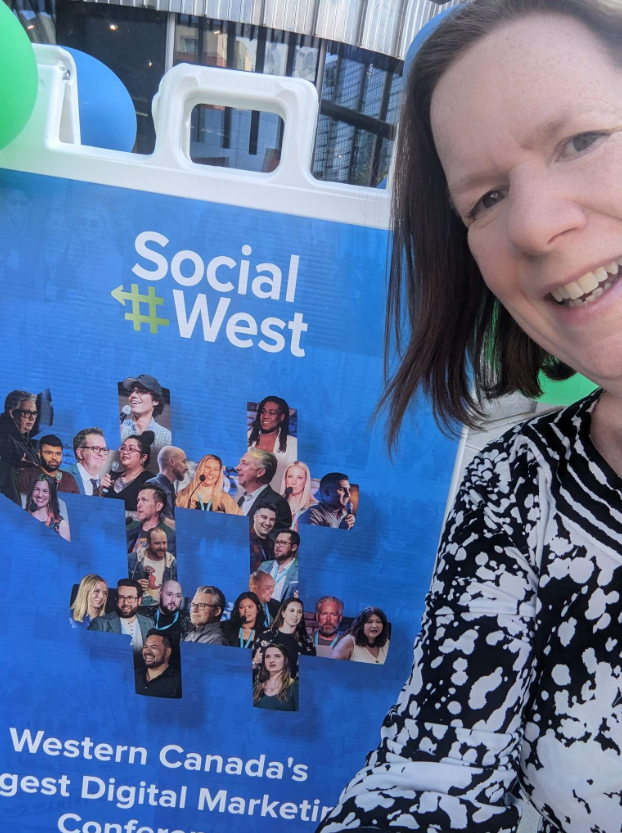In June, we attended the Social West Conference, and what we learned about the intricate relationship between cybersecurity and marketing left a lasting impression. The event delved deep into the history of marketing, data revolution, and privacy concerns. This potent mix has paved the way for our current era, where marketers have an insatiable hunger for data and the technology to collect it. From unified marketing measurement to personalized marketing experiences, data forms the lifeblood of current marketing strategies.
Currently, there are over 11,038 organizations in the marketing technology landscape, all voraciously collecting data. On the one hand, this massive influx of data empowers us to deliver highly tailored marketing experiences. Conversely, it presents a labyrinthine challenge in understanding how the data is collected, managed, and protected.
The magnitude of data collection is staggering—humanity creates over 2.5 quintillion bytes daily, with Google leading the charge. But, this evolution is not without its dark side: privacy concerns. Many tech companies have faced criticism for data mishandling and lack of transparency. Without clear-cut policies and regulations, consumers are left in the dark about how their data is used, posing a serious data privacy conundrum.
With vast datasets comes great responsibility—and risks. The possibility of significant data breaches, theft, and illicit sale on the dark web has skyrocketed. Cybercriminals, who capitalize on valuable information like brand identities and trade secrets, increasingly target industries ranging from insurance to IoT.
The motivations of cybercriminals are primarily financial. They seek out personally identifiable information, credit card details, and other sensitive data, often hacking large numbers of accounts and selling in volume. Businesses, especially those in marketing, must be vigilant and proactive in countering such threats.
So, what can marketers do to ensure cybersecurity? Firstly, always use a different password for multiple accounts. Hackers have sophisticated tools to crack predictable patterns and sequences. Email marketing, though a staple of digital communication, is a standard method scammers use to trick users into clicking malicious links, often through brand impersonation.
To counter such threats, it’s crucial to scan for spoofed websites and unpatched software regularly. Also, requesting third-party vendors to provide security policies in line with GDPR can ensure compliance with data protection laws, which is why we use MailChimp.
Finally, remember that customers gravitate toward brands that prioritize privacy and transparency. In this era of data awareness, consumers are conscious of their privacy rights and will shift loyalty if a brand fails to meet their expectations. Brands that prioritize privacy by design and uphold clear, comprehensible privacy policies are likely to earn the trust and loyalty of their customers.
The interplay between marketing and cybersecurity is complex and continually evolving. The need for marketers to safeguard data while still delivering personalized experiences is more significant than ever. It’s time to navigate this intricate landscape with caution, transparency, and respect for consumer privacy.
Top Tips:
- Don’t use the same password for multiple accounts.
- Regularly scan for spoofed websites and unpatched software.
- Request security policies from third-party vendors.
- Prioritize privacy and transparency in your brand.
- Have a clear, easily understandable privacy policy.


